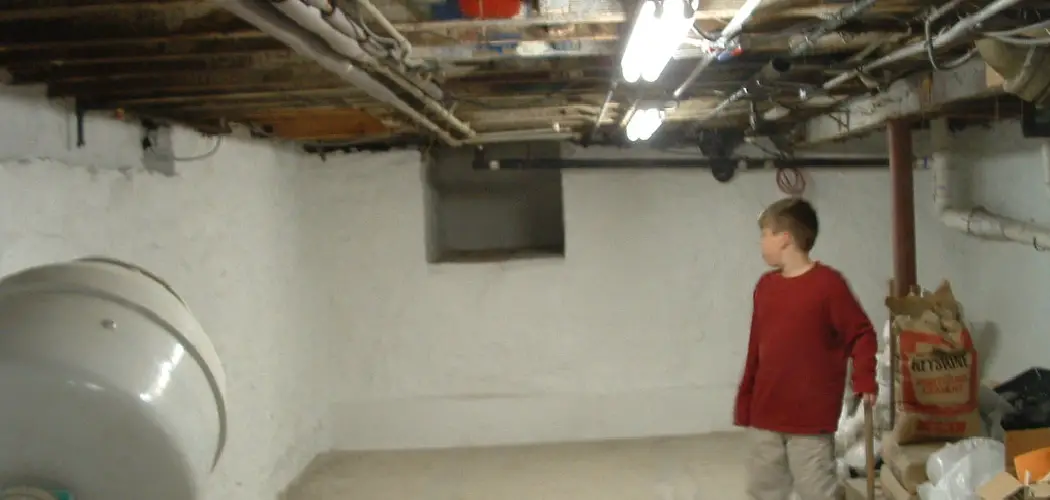A basement can be a great space for storage, laundry, or even extra living space. However, basements are also prone to dampness and must be properly ventilated to prevent moisture build-up. While a dehumidifier can be helpful in reducing humidity levels, there are a few simple steps that can be taken to keep your basement dry without one.
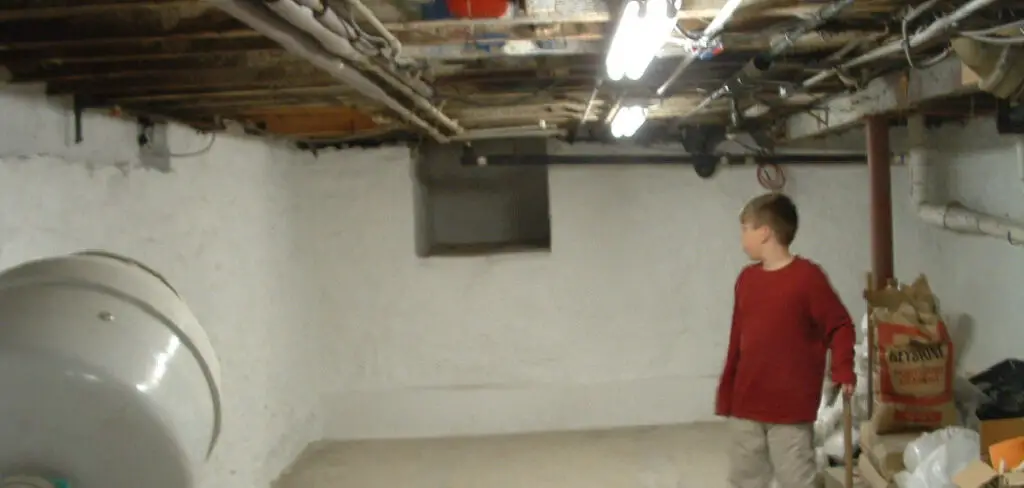
One way to reduce the amount of moisture in the air is to increase ventilation. This can be done by opening windows or installing a fan. Another way to reduce moisture is to seal any cracks or gaps in the walls or foundation. This will help to prevent humid air from seeping into the basement. Finally, it is important to store items off the floor and away from walls to allow for proper air circulation. By following these simple tips, you can understand how to keep basement dry without dehumidifier.
Processes You Should Follow to Keep Basement Dry Without Dehumidifier
- Inspect your basement for potential sources of water entry and correct them if possible. This could include cracks in the foundation, gaps around windows or doors, or poor drainage around the perimeter of your home.
- If you have a sump pump, make sure it is in good working condition and that the pit is clear of debris.
- Install a moisture barrier on the floor and walls of your basement. This could be a vapor barrier or a waterproofing paint.
- Seal any cracks or gaps in the foundation, windows, and doors with caulk or expanding foam sealant.
- Consider installing an exhaust fan in your basement to help circulate air and keep the space dry.
- Check the gutters and downspouts around your home to make sure they are clear of debris and draining properly.
- Inspect the grading around your home to make sure water is draining away from the foundation.
- If you have a crawl space, consider installing a vapor barrier to prevent moisture from rising into your basement.
- Keep your basement clean and free of clutter to give mold and mildew less surface area to grow on.
- Inspect your basement regularly for signs of moisture or water damage and address any issues promptly.
What Are Some Tips for How to Keep Basement Dry Without Dehumidifier?
If you find that your basement is too moist, there are a number of things you can do to dry it out. Start by opening any windows and doors to allow fresh air to circulate. You can also use a fan to help circulate the air. If the humidity levels are still too high, you may need to invest in a dehumidifier. This will help to remove the excess moisture from the air, preventing mold and mildew from growing.
How Important is It to Keep a Basement Dry?
Water in basements is one of the most common problems homeowners face. A damp basement can lead to serious problems like mold, mildew, and structural damage. There are a few different ways to keep a basement dry without using a dehumidifier. One way is to make sure that the gutters around your home are clean and free of debris. This will allow water to flow away from your home and not pool around the foundation.
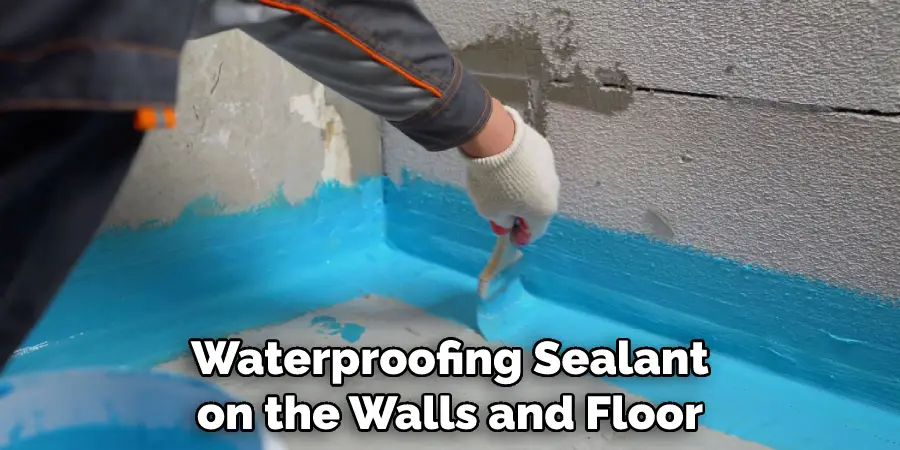
Another way to keep a basement dry is to use a waterproofing sealant on the walls and floor. This will help to create a barrier between the water and your basement. Finally, you can also install a sump pump in your basement. This will help to pump any water that does enter the basement out and away from the home.
How Can I Prevent Moisture in My Basement From Causing Damages?
The air in your basement is likely to be damper than the rest of your home, and this can lead to a host of problems, from musty odors to peeling paint. Fortunately, there are a number of things you can do to keep your basement dry and prevent moisture-related damages. Start by making sure that the gutters around your home are clean and free of debris. This will help to ensure that rainwater is diverted away from your foundation.
In addition, try to keep any potted plants away from basement walls, as they can contribute to excess moisture. If possible, also avoid using carpeting in your basement, as it can trap humidity. By taking these simple precautions, you can help to keep your basement dry and healthy.
How Often Should I Check My Basement for Moisture Levels?
Another way to monitor moisture levels is to look for condensation on any surfaces in your basement. If you see beads of water forming on walls or other surfaces, it’s a good indication that the air is too humid. In addition, you can also keep an eye out for mold or mildew. These fungi thrive in moist environments, so if you see them growing in your basement, it’s a sure sign that the air is too wet.
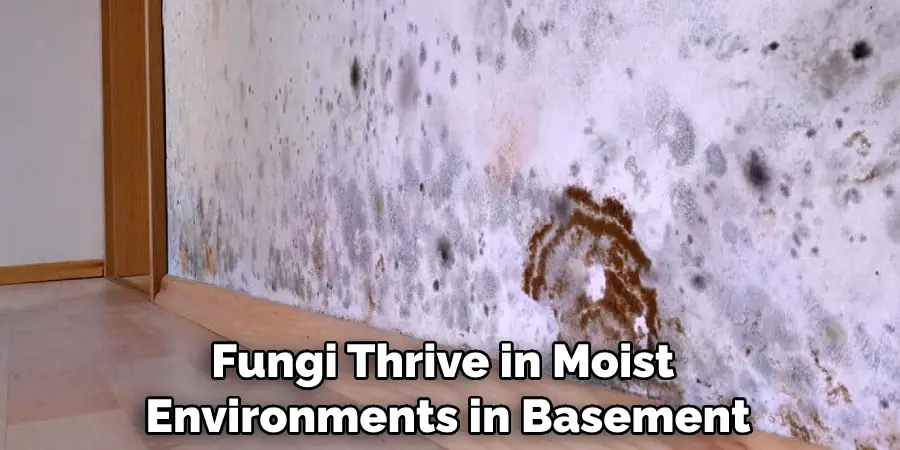
If you find that the humidity in your basement is consistently high, you may need to invest in a dehumidifier. This appliance will help to remove excess moisture from the air, making your basement more comfortable and preventing damage to your belongings. By taking these steps, you can help to keep your basement dry and free of moisture-related problems.
What Are Some Signs That My Basement is Too Moist?
If your basement feels damp or clammy, there’s a good chance it’s too moist. In addition to causing discomfort, high humidity levels can lead to the growth of mold and mildew, as well as damage to stored belongings. Fortunately, there are a few simple ways to tell if your basement needs a dehumidifier.
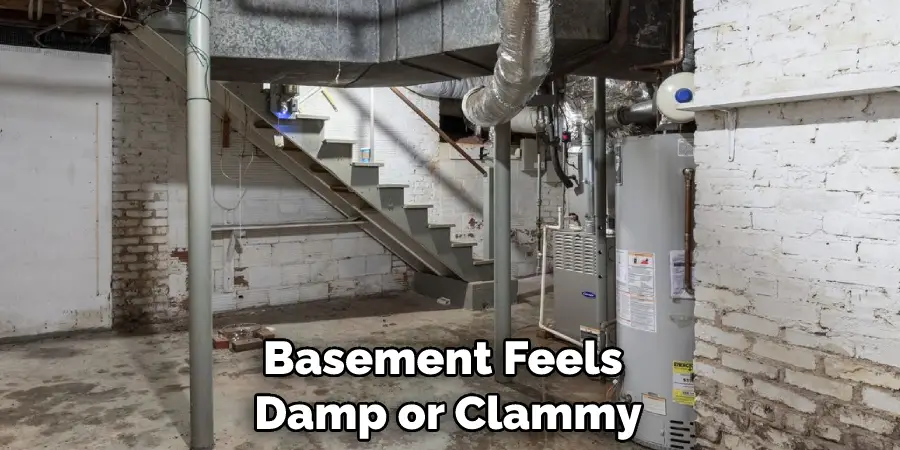
One of the most obvious signs of excess moisture is condensation on walls or surfaces. If you notice water droplets forming on the concrete walls or floor, it’s time to take action. Another telltale sign is musty odors. If your basement smells damp or stale, it’s likely due to mold or mildew growth.
If you suspect that your basement is too moist, the best course of action is to invest in a quality dehumidifier. By keeping the humidity levels in check, you can create a more comfortable environment and protect your belongings from damage.
You Can Check It Out to Get Rid of Moisture Under House
How Can I Reduce the Amount of Moisture in My Basement?
If you have a basement, you know that moisture is always a concern. Too much moisture can lead to mold and mildew, which can damage your possessions and cause health problems. Fortunately, there are a few things you can do to reduce the amount of moisture in your basement.
One way to keep your basement dry is to ventilate it properly. Make sure that there are vents in the foundation so that air can circulate. You should also open windows or use a fan to circulate air if possible.
Another way to reduce moisture is to protect your basement from water damage. Make sure that your gutters are clean and free of debris so that they can channel water away from your foundation. You should also Inspect your basement regularly for any signs of leaks or flooding.
By taking these steps, you can help to keep your basement dry and free of moisture.
You Can Check It Out to Keep Basement Dry in Summer
How Often Should I Ventilate My Basement?
The basement is the perfect place to store things because it is usually cooler and drier than the rest of the house. However, if your basement is not properly ventilated, it can become a breeding ground for mold and mildew. The best way to keep your basement dry is to use a dehumidifier. However, if you do not have a dehumidifier, you can still keep your basement dry by Ventilating. ventilation will help to remove musty doors and excessive moisture from the air. In addition, Ventilating will help to prevent the growth of mold and mildew.
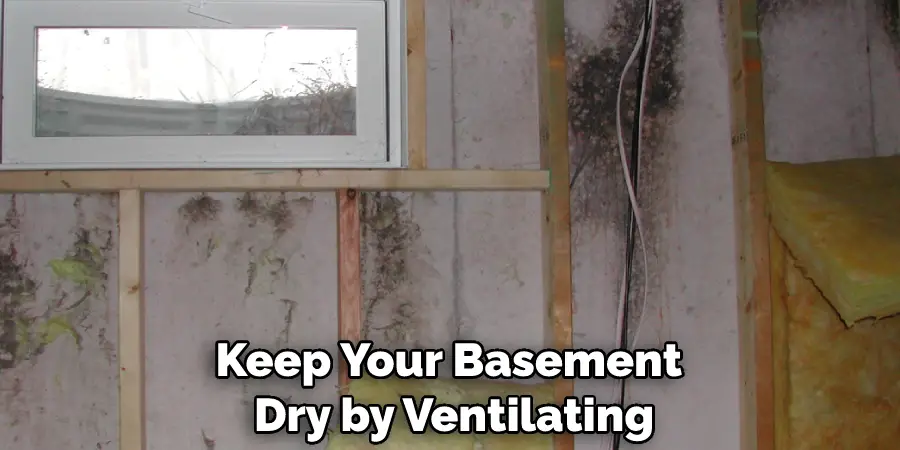
How often you need to ventilate your basement will depend on the humidity levels in your area. If you live in an area with high humidity, you may need to ventilate your basement more often. However, if you live in an area with low humidity, you may only need to ventilate your basement once a week.
You Can Check Out To How to Measure Humidity in Basement
Conclusion
Basements are prone to dampness and must be ventilated to prevent the growth of mold and mildew. Dehumidifiers are often used to remove moisture from the air, but they can be costly to operate. An alternative is to use a fan to circulate air and prevent the build-up of moisture. The fan should be placed in a window so that it can draw in fresh, dry air from outside.
If you want to keep your basement dry without using a dehumidifier, there are a few things you can do. Make sure that your gutters are clean and flowing properly so that water doesn’t build up around your foundation. Also, seal any cracks or openings in your foundation to prevent moisture from seeping in. By following these tips, you can understand how to keep basement dry without dehumidifier.

